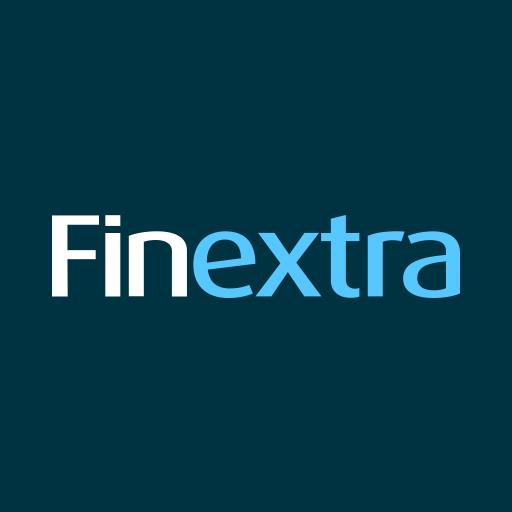Swiss Banking Association Proposes Deposit Tokens on Public Blockchain – Ledger Insights

On Tuesday, the Swiss Banking Association (SBA) published a white paper on deposit tokens. It is particularly interested in Swiss franc (CHF) deposit tokens to settle transactions for tokenized assets. Apart from digital assets, it focuses on the “payments of the future”, including wallet-based payments, micropayments and enterprise payments.
Interoperability is seen as an important principle for deposit tokens. SBA believes this is best achieved by using public blockchain.
As context, in Switzerland there are already two institutional CHF stablecoins from SIX Digital Exchange and Sygnum, but both are only usable with their own ecosystems. SBA’s vision is somewhat larger and more interoperable. While both the SDX and Sygnum tokens are fully backed by reserves, deposit tokens can potentially be based on fractions because the participants are regulated banks.
SBA envisions three potential approaches. One route is so-called colored coins, where each bank issues tokens with its own rules. The SBA sees various problems with this path, including that different rules mean that tokens are only partially exchangeable or fungible. For example, one may be fully supported by reserves and another 50% supported. This also results in fragmentation.
An alternative is standardized tokens, where each institution issues its own, but there are standard rules and it needs to be fully supported.
The third path is a common token, the route favored by the SBA. One of the advantages it sees is that segregation of reserves is easier compared to standardized tokens. The paper refers to “freedom with regard to money creation”. It is unclear if this means it may not be fully supported.
Another potential benefit of a common deposit token is that this type of token can earn interest if held in a wallet at a bank, similar to a regular deposit. This path sounds like Fnality, except it doesn’t rely on central bank reserves and is retail rather than interbank focused.
There are still many questions to be answered, especially on the legal front. The SBA more or less rules out deposit symbols as a “system of payment instructions” because it would be too restrictive. The alternative is to be classified as a security, but that needs some answers from the supervisory authority FINMA.
It is also concerned about FINMA’s statement that Swiss institutions wishing to issue stablecoins must identify everyone people in the transaction chain. This only applies to banks, which the SBA claims is an uneven playing field.
The article concludes that there is still much to explore, including governance, the impact on bank balance sheets and whether it can be used for cross-border payments.
Meanwhile, JP Morgan and Oliver Wyman last year issued a paper on deposit tokens, and JP Morgan is trialling them as part of Project Guardian. In the US, the USDF consortium is planning a network of deposit tokens.

























